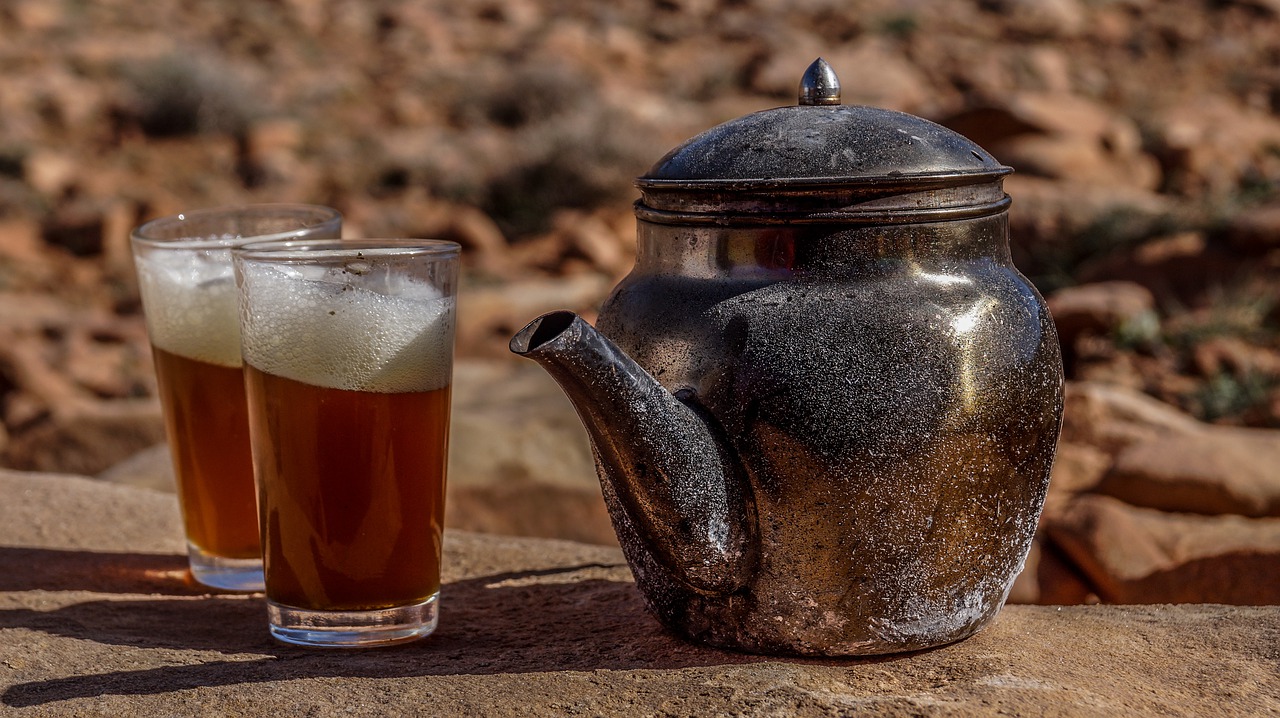Kombucha: The wonder soda!
Last Updated on February 17, 2023
Picture this: there’s a sustainable, probiotic, carbonated beverage out there that’s the right amount of sweet, tart, and fizzy and comes packed with all the health benefits, has no artificial sweeteners, little added sugar, quenches thirst rather than dehydrate, AND is great for your gut?
Sounds too good to be true, right?
But I am here to tell you that such a drink actually exists and has been around for over a thousand years. It’s kombucha! We humans evolved to choose unhealthy, sugar-filled sodas over age-old healthy alternatives but now we are ready to repeat history with this phenomenal drink.
Let’s dive into this refreshment right away!
First, let us rewind time to the origin story of kombucha, as every superhero (read: super-drink) has one.
Kombucha, a fermented tea drink, originated in Northeast China, around 220 B.C. Some popular stories around the origin of this drink include that of a woman who forgot her teacup with black tea and sugar outside her hut for a few days. When she re-discovered the cup, she surprisingly decided to go on and taste it, and that was the first cup of plain fermented black tea or kombucha ever produced. Now the world is grateful to this woman for her serendipity.
What really makes kombucha stand out, apart from the apparent benefit of being a sustainable and healthy alternative to other carbonated beverages, is the composition of kombucha.
The basic ingredients to make a kombucha are black tea or green tea, sugar, and SCOBY (symbiotic culture of bacteria and yeast). This SCOBY is a thick circular leather-like membrane structure which acts as a starter for a new fermentation process and creates a daughter SCOBY in every new batch it is added to.
Kombucha is a probiotic as it is a fermented product. Most common bacteria and yeast found in kombucha are acetobacter and saccharomyces respectively. Being a probiotic, the drink helps good bacteria to flourish in the gut and prevents growth of pathogens.
Tea has caffeine, which helps to keep the brain function better, and catechins, like EGCG (epigallocatechin gallate) which are antioxidants with claims of preventing cancer, helping heart function, aiding weight loss and digestion.
Other components that add to the health benefits are the high amounts of vitamins and minerals in kombucha. Kombucha fermentation also results in small amounts of alcohol (=< 0.5% by volume) but not enough to be labelled as an alcoholic beverage, and so can be an added benefit to consumers. The fermentation of kombucha involves the SCOBY converting all added sugar into acids and carbon dioxide, therefore raw kombucha by itself is not a sweet drink.
The average unflavored kombucha has 30 calories.
Sugar is added to the end product in the food industry to suit the palate of a wide range of consumers. Some brewers choose to retain the tart flavor, with no added sugar as an extra boost for gut health.
There are a large number of home brewers of kombucha, it is that simple to make at home (another added advantage over store-bought soda). Here’s how it is made:
First, black or green tea is brewed with sugar. Upon brewing, it is filtered, cooled, and transferred to sterilized stainless steel or glass pot. Here, the starter culture or SCOBY is added, and the lid is sealed closed. Fermentation of tea usually takes 10-14 days, and the kombucha can be tested at this time to check for the level of tartness and pH required. Upon the completion of desired level of fermentation, the tea is filtered and infused with fruits or other ingredients for flavor and sugar is added as required. This is known as second fermentation usually for 2 to 3 days; as sugar and active particles of SCOBY are present, fermentation resumes. The taste is tested for sweetness, flavor, effervescence, and tartness. Make sure your home brewed kombucha doesn’t exceed acidic pH level of 2.5, as excessive acid levels can be harmful upon regular consumption. Due to the acid levels in kombucha, daily consumption is not advised.
The kombucha is now ready to be stored in a sterilized glass bottle and served cold.
The mother SCOBY culture can be used to produce new batches of kombucha. With each fermentation the mother produces a daughter SCOBY, thus leaving the brewer with many SCOBYs. Brewers can compost their SCOBY or get creative and use SCOBY as pet treats, make SCOBY jerky, or even SCOBY leather bags!
Not everyone is suited to like the taste of kombucha, but I urge everyone to try it. Life is too short to not have tasted kombucha. Plus, if you like it, you’re signing up for easy access to good health!
References
https://senchateabar.com/blogs/blog/kombucha
https://foodprint.org/blog/kombucha-scoby/
https://www.instructables.com/Kombucha-Wallet/

About the author: Deeya Kashyap is an MSc. Food Technology graduate from Wageningen University & Research, Netherlands. She is an enthusiast of sustainable and healthy foods with a borderline obsession with coffee.
Subscribe to our newsletter for details on mentorship sessions, workshops, webinars, as well as career and job fairs across Canada and the US!


leave your comment